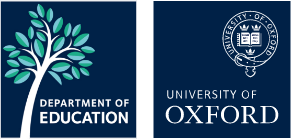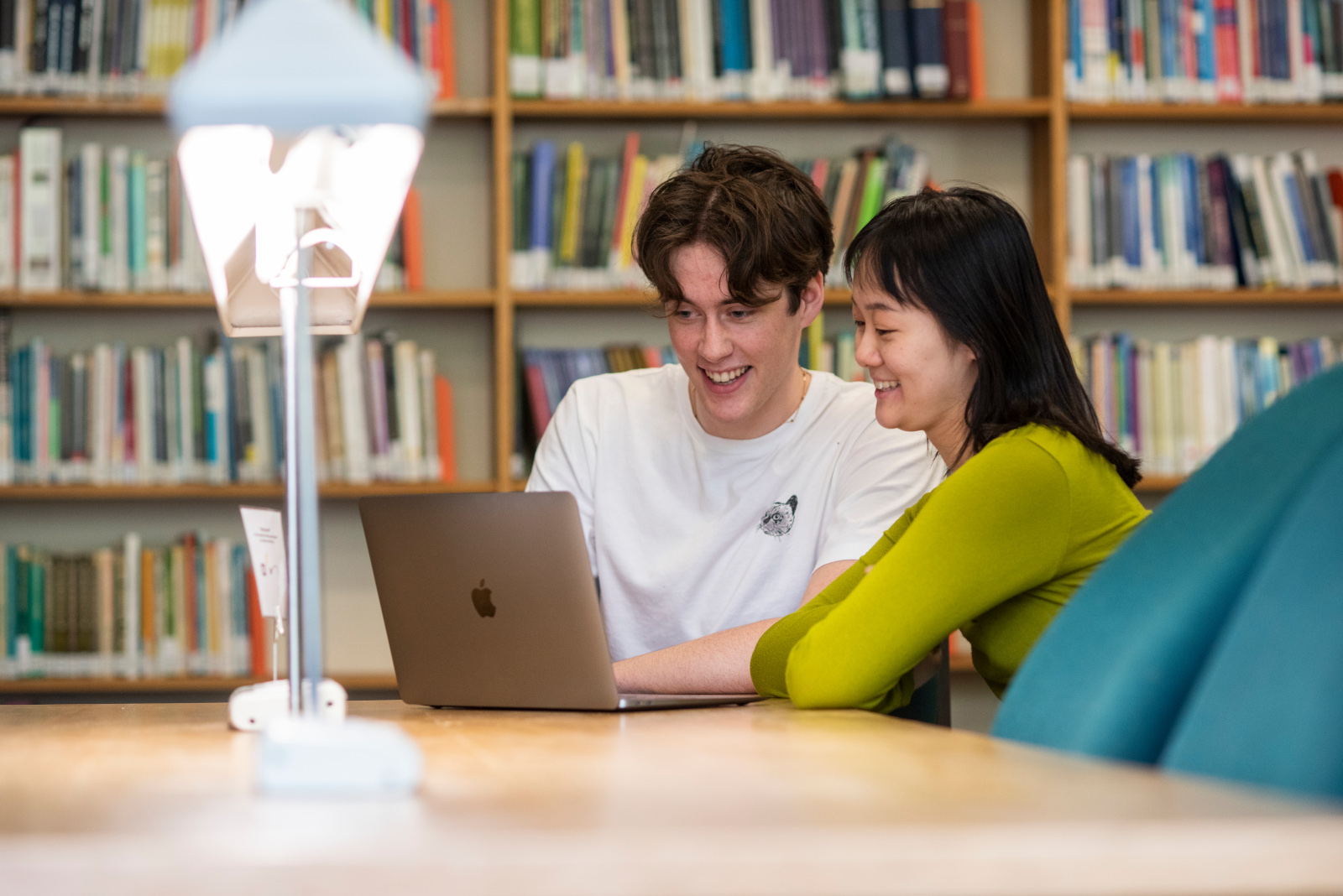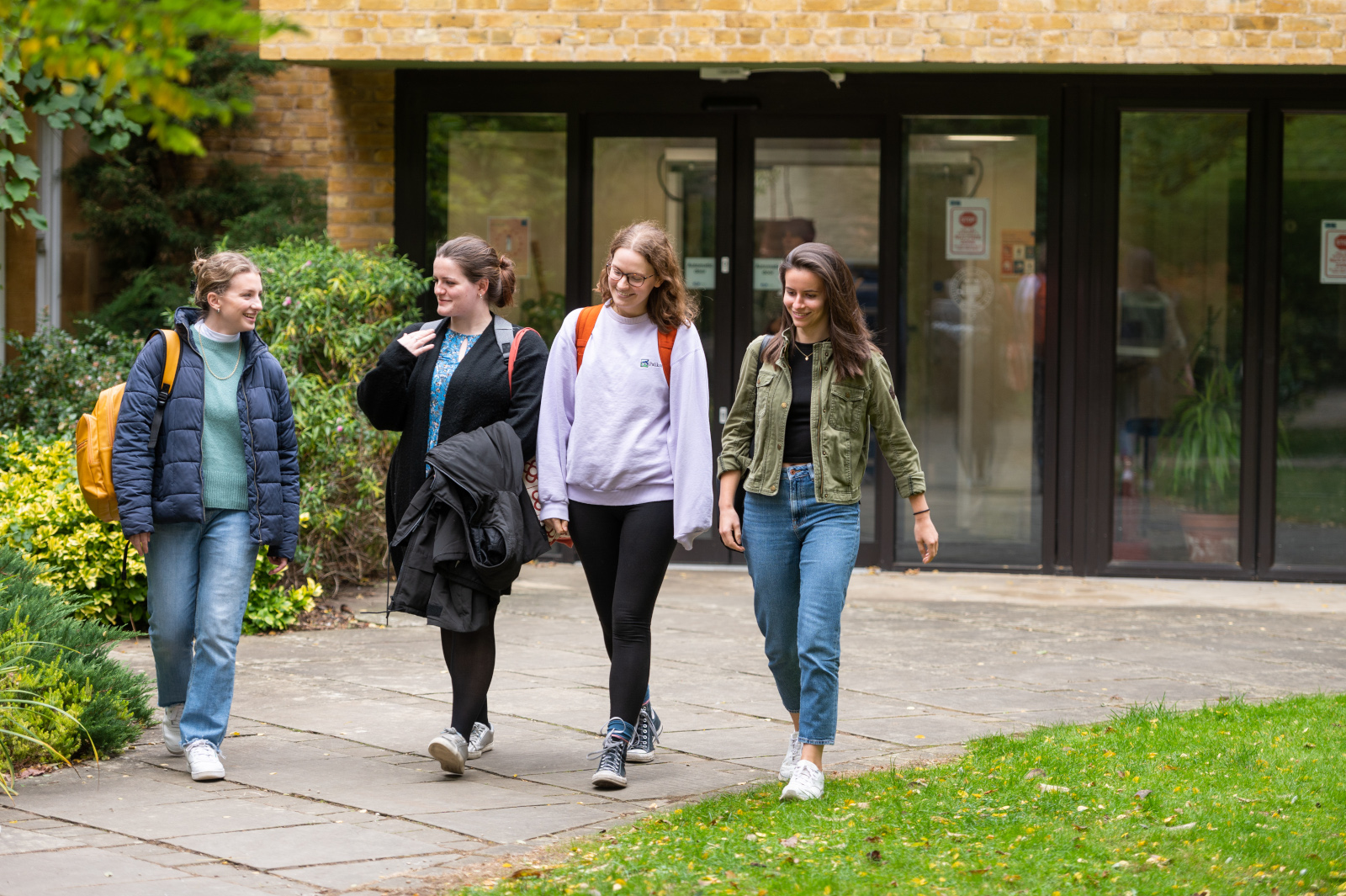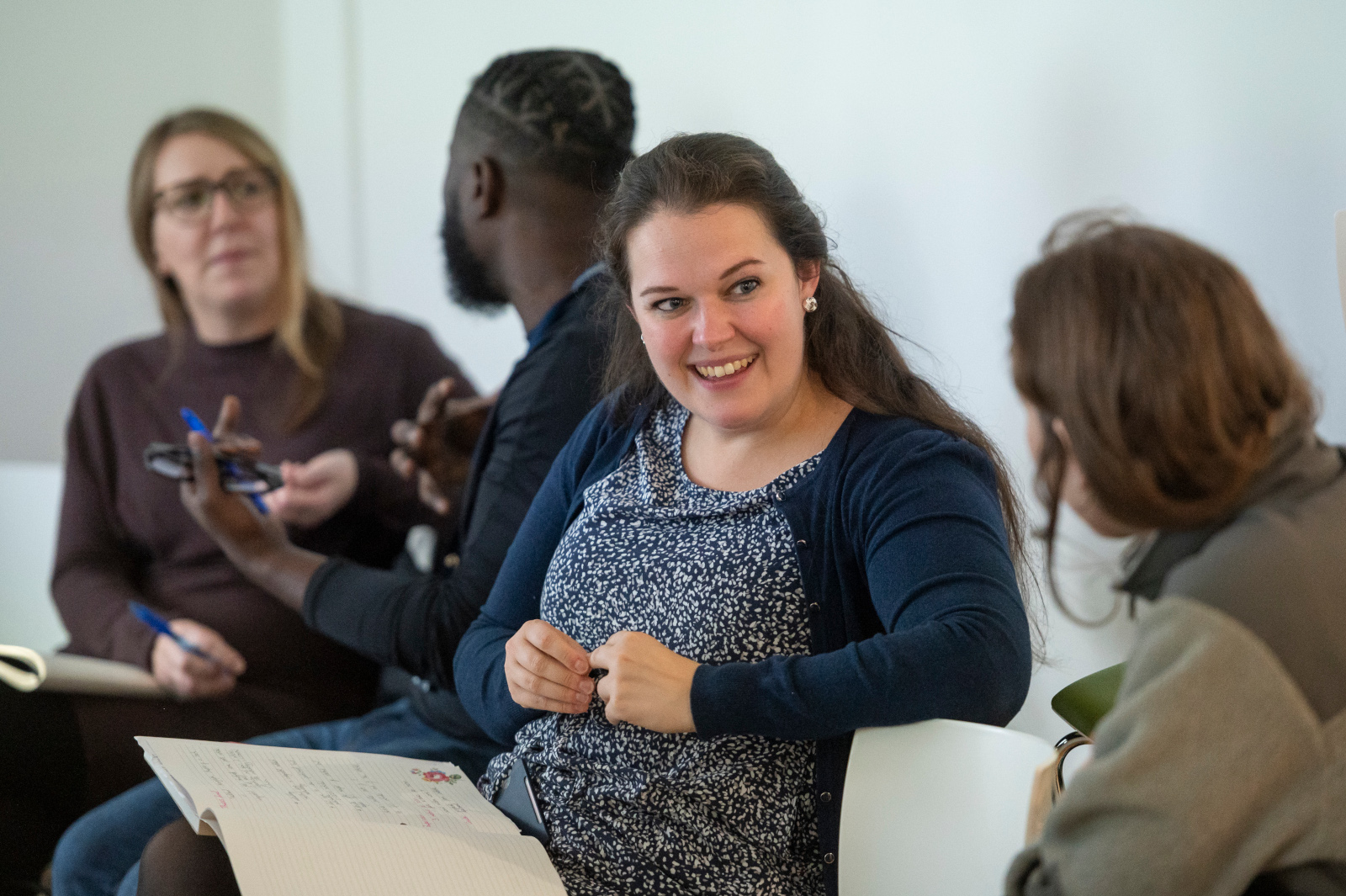The Power of Multilingual Teaching
Export to calendarBio
This presentation focuses on the importance, relevance and validity of multilingual teaching, a pedagogy that is gaining in momentum and popularity worldwide.
Far more than bringing home languages into the classroom and adopting strategies to propel newcomer children into the school language, multilingual teaching builds on prior knowledge and looks for the good, the postive and the strong in each child. It enriches and extends prescribed curricula by making spaces for newcomers’ home languages and literacies. Within these spaces, home language use is normalized as all children, not only newcomers discover, share and compare languages and literacies, translate, translanguage and learn together. As they open their classroom doors to languages and literacies and create “high challenge” and “high support” learning environments (Gibbons 2014), teachers extend their own knowledge of world languages and literacies, become language activists and advocates and better understand newcomer children’s needs and challenges. In the multilingual classroom children come to understand and accept diversity and extend their thinking from the local to the global. Multilingual classroom welcome families and communitites, and invite them to share their “funds of knowledge” (Moll, Amanti, Neff, and Gonza?lez 1992). Examples of multilingual teaching from learning contexts (schools, preschools, specialized programs) in six countries (Canada, Germany, Iceland, Finland, Sweden and India) will be used to illustrate the effectiveness, success and the power of multilingual teaching.





